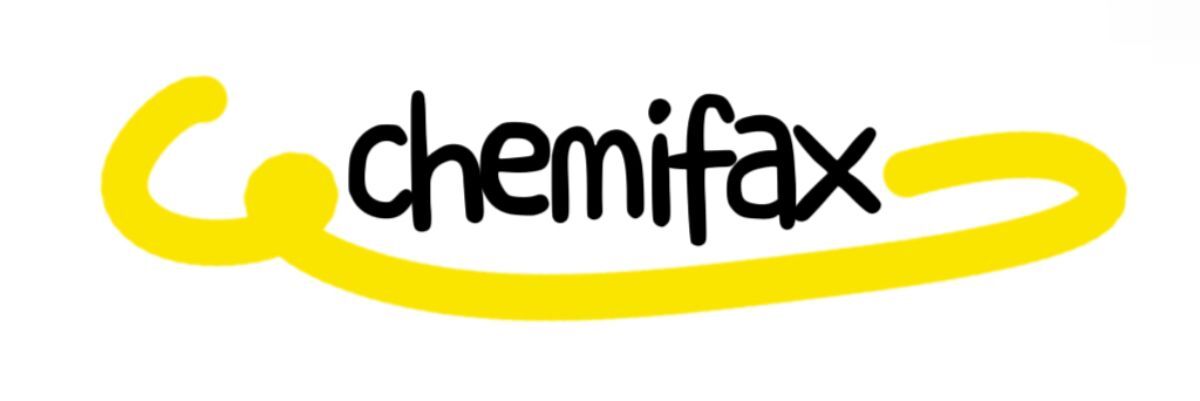How to Optimize 1,3-Dimethylurea Application Effectively?
How to Optimize 1,3-Dimethylurea Application Effectively?
1,3-Dimethylurea (DMU) is gaining traction in agricultural and industrial applications due to its efficient role as a nitrogen source. However, optimizing its application requires a nuanced understanding of its properties, environmental impacts, and best practices. In this article, we will synthesize views from several industry experts on how to effectively apply 1,3-Dimethylurea.
Understanding 1,3-Dimethylurea
Before diving into optimization techniques, it is crucial to understand what 1,3-Dimethylurea is and how it functions. DMU acts as a nitrogen-rich compound that can enhance plant growth while being environmentally friendly. Experts such as Dr. Sarah Thompson, a soil scientist at GreenAgro Innovations, emphasize the importance of understanding soil characteristics before applying DMU to ensure compatibility and effectiveness.
Soil Composition and pH Levels
Dr. Thompson suggests conducting thorough soil tests to determine the composition and pH levels. "The effectiveness of 1,3-Dimethylurea can be significantly influenced by soil pH. Applying DMU to alkaline or very acidic soils without prior adjustments can negate its benefits," she explains.
Application Timing and Method
Another aspect to consider is the timing and method of application. According to John L. Martinez, a renowned agronomist, seasonal timing can heavily influence the efficacy of DMU. "Applying DMU during peak growth periods can lead to better nitrogen uptake by plants. It's essential to time the application with the plant's nutrient demand," Martinez advises.
Foliar vs. Soil Application
When it comes to the method of application, experts recommend evaluating whether foliar or soil application is more advantageous. Dr. Emily Green, a leading agricultural chemist, states, "Foliar applications of 1,3-Dimethylurea can provide quick nutrient access for rapidly growing crops. However, soil applications ensure sustained availability." Understanding the specific crop and growth stage can determine the best method.
Environmental Considerations
Optimizing DMU application goes beyond just crop yield; it also encompasses environmental stewardship. Dr. Mark Oliver, an environmental scientist, stresses the significance of minimizing nitrogen loss. "To prevent nitrogen leaching and runoff, which can harm aquatic ecosystems, it's essential to integrate DMU applications with controlled-release technologies or inhibitors," he recommends.
Crop Rotation and Integrated Pest Management
Incorporating crop rotation and integrated pest management (IPM) alongside DMU application can also lead to improved outcomes. Agronomist Rachel Lee highlights, "Utilizing DMU in conjunction with diverse planting strategies not only optimizes its application but also contributes to better pest control and soil health." This holistic approach supports a sustainable agricultural environment.
Monitoring and Adjustments
Finally, continuous monitoring and adaptation based on feedback is vital for optimizing 1,3-Dimethylurea application. Dr. Jennifer Wells, an agricultural extension officer, encourages producers to be proactive in their strategies. "Using precision agriculture tools can help in monitoring nitrogen levels in soil and adjusting DMU application in real time to maximize efficiency," she concludes.
In summary, optimizing 1,3-Dimethylurea application involves understanding soil conditions, appropriate timing and methods, environmental impacts, and ongoing management. By integrating these expert insights, individuals in agriculture and related fields can harness the full potential of DMU while practicing sustainable methods.
For more information, please visit 1,3-dimethylurea application, 1,3-dimethylurea, cas: 96-31-1 wholesale.
113
0
0

Comments
All Comments (0)